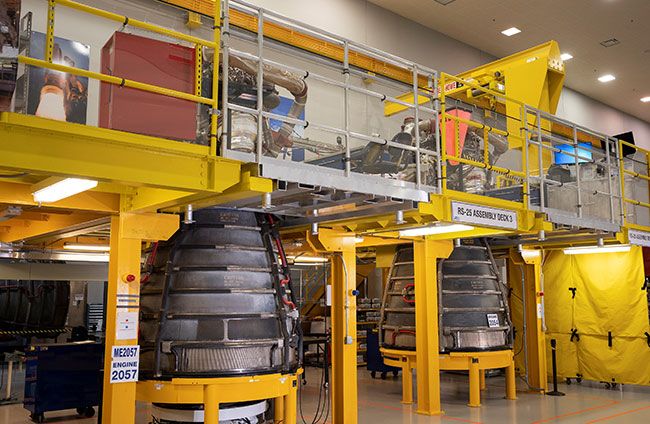US rocket maker Aerojet Rocketdyne has been awarded US215 million for modernising its production facilities so it can increase the number of propulsion systems it makes for missile systems.
The company said it would use the funding to build new facilities, purchase advanced equipment, and automate manufacturing processes to support increased production demand primarily focused on Javelin, Stinger and the Guided Multiple Launch Rocket System.
Aerojet Rocketdyne will also implement elements of digital transformation to align its enterprise with US Department of Defense ‘s (DOD) Digital Modernization Strategy.
Eileen P. Drake, Aerojet Rocketdyne’s CEO and president said, “These funds will build upon our own significant investments in modern, efficient facilities and innovative technologies and processes to design and develop advanced propulsion systems to support the defense missions of tomorrow.”
Aerojet Rocketdyne has recently built a 51,000 square foot facility at its Camden, Arkansas, site that consolidates solid rocket motor manufacturing activities and leased a 379,000 square foot facility to expand manufacturing capability in Huntsville, Alabama, where it will produce inert components to support solid rocket motors for a range of defense programs.
The company also opened a new space at its Coleman Aerospace site in Orlando, Florida, where employees are producing the innovative Stored Chemical Energy Propulsion System for next generation torpedoes.
Meanwhile Aerojet Rocketdyne finished upgrading the four RS-25 engines that will power the core stage of NASA’s Space Launch System (SLS) rocket during the Artemis III crewed Moon mission, which is due to launch in December 2025.
“The Artemis III mission is pivotal in our nation’s goal to return American astronauts to the surface of the Moon, establish a sustained presence there and pave the way for crewed missions to Mars,” said Drake.
The four RS-25 engines were used in the USA’s Space Shuttle program and will now generate about 2 million pounds of combined thrust. The engines safely flew several Shuttle missions including the final Hubble telescope servicing mission and multiple missions to the International Space Station.





